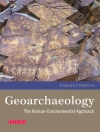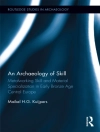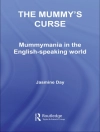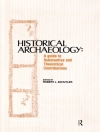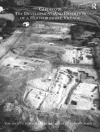temporal dimension. Major traditions are The Encyclopedia of Prehistory represents an attempt to provide basic information also defined by a somewhat different set of on all archaeologically known cultures, sociocultural characteristics than are eth- covering the entire globe and the entire nological cultures. Major traditions are prehistory of humankind. It is designed as defined based on common subsistence a tool to assist in doing comparative practices, sociopolitical organization, and research on the peoples of the past. Most material industries, but language, ideology, of the entries are written by the world’s and kinship ties play little or no part in foremost experts on the particular areas their definition because they are virtually and time periods. unrecoverable from archaeological con- The Encyclopedia is organized accord- texts. In contrast, language, ideology, and ing to major traditions. A major tradition kinship ties are central to defining ethno- is defined as a group of populations sharing logical cultures. similar subsistence practices, technology, There are three types of entries in the and forms of sociopolitical organization, Encyclopedia: the major tradition entry, which are spatially contiguous over a rela- the regional subtradition entry, and the tively large area and which endure tempo- site entry. Each contains different types of rally for a relatively long period. Minimal information, and each is intended to be areal coverage for a major tradition can used in a different way.
Melvin Ember & Peter N. Peregrine
Encyclopedia of Prehistory [PDF ebook]
Volume 7: South America
Encyclopedia of Prehistory [PDF ebook]
Volume 7: South America
Beli ebook ini dan dapatkan 1 lagi PERCUMA!
Bahasa Inggeris ● Format PDF ● ISBN 9781461505211 ● Penyunting Melvin Ember & Peter N. Peregrine ● Penerbit Springer US ● Diterbitkan 2012 ● Muat turun 3 kali ● Mata wang EUR ● ID 4722042 ● Salin perlindungan Adobe DRM
Memerlukan pembaca ebook yang mampu DRM


